Taal Volcano Update from January 14, 2020 – Mixed Eruptions
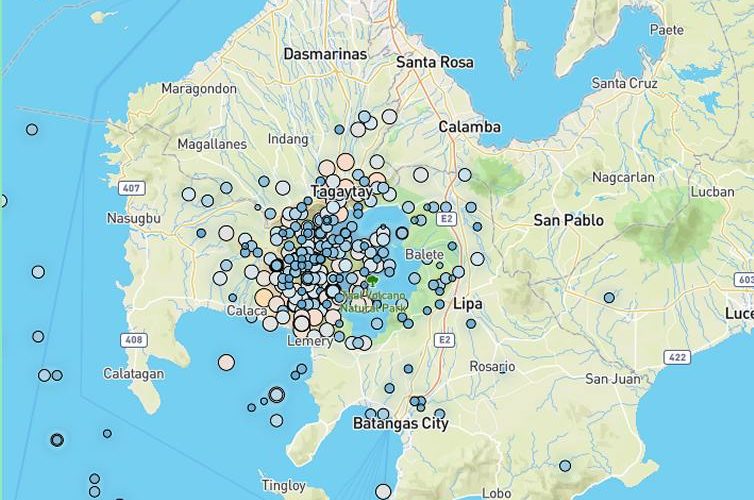
Taal Volcano Update: Taal Volcano still continues with mixed eruptions. Phreatic (water steam driven) explosions interact with magmatic eruptions (magma/lava driven).
The Taal Volcano Caldera
Filipinos are thinking small (read here). But what you see today of Taal Volcano is just the tip of the ice-berg. The whole volcano is much larger. What happens just now explodes within the Caldera. To shortcut: A caldera is is a large cauldron-like hollow that forms shortly after the emptying of a magma chamber/reservoir in a volcanic eruption. This is Lake Taal today. More information about Caldera can be found on Wikipedia.
Do you see the small cone on the left of the center? This is current Taal Volcano. The basin around is now filled with water – the Taal Lake. And OK, there is another lake around and then comes southern Luzon. This makes of Taal a unique volcano.
The Earthquakes
We publish maps and a list of the earthquakes in the Philippines. Our records are delayed by at least one day compared with PHIVOLCS instant reporting. We delay the reporting because the instant data from PHIVOLCS contains many errors and is updated several times during the next 24 hours. So please see below the accumulated earthquakes from January 1 to January 12, 2020. Compare them with the quakes in the same region by January 13, 2020.
Taal Volcano Update – 2 kinds of earthquakes
Taal Volcano encounters two kinds of earthquakes. There are tectonic earthquakes. These are the earthquakes we feel everyday here in the Philippines. They make the big number of our temblors. They are caused by the “scratching of the 3 tectonic plates touching each other in our underground. Volcanoes at the plates encounters are normal – but nasty.
The other kind of earthquakes around Mount Taal are of volcanic origin. When magma/lava is moving up inside a volcano, it needs space. So it shoves rocks aside because of its own high pressure. Shoved rocks create vibrations we can feel. These magma induced movements create volcanic earthquakes. How to distinguish? Haha, I just learned a few weeks ago. Thanks to Dr. Alka Tripathy-Lang who explained to me the meaning of ” multi-planar components “.
Short: Tectonic earthquakes expand in one, hmm, maybe two planes. Volcanic earthquake waves progress in 3 dimensions around the origin.
Here comes one of the great jobs of PHIVOLCS: They capture earthquake waves all over the country. With this raw data, they find origin and nature of the quakes. They interpret wave forms like the ones below.
The seismograms of different origins of earthquakes:
Taal Volcano Update – 3 kinds of eruptions
Taal explodes in three kinds of eruptions: phreatic and magmatic and a mix of the two. Currently, 21h00 (PST) on January 14, we encounter the mix.
I explained the phreatic explosions in my first article of this current series. Just a pressure cooker who’s valve is blocked and breaks under pressure. This is driven by infiltrating water.
The magmatic eruptions are driven by magma. This is the layer of our earth below the crust. It is composed of liquefied rock, minerals and gas. Magmatic eruptions involve the decompression of gas within magma that propels it forward. You can observe such eruptions every 15 minutes on Stromboli in Italy.
Phreatomagmatic eruptions driven by the compression of gas within magma, the direct opposite of the process above, powering magmatic activity.
I remember our night session on the peak of Stromboli volcano. Many years ago my youngest daughter and I got struck by the beauty of volcanoes. Strombolian eruptions are driven by the bursting of gas bubbles within the magma.
We update this series whenever Taal volcano changes its behavior or when immediate dangers occur. Stay tuned. We have eyes on the volcano and toes in the underground.
[GARD]

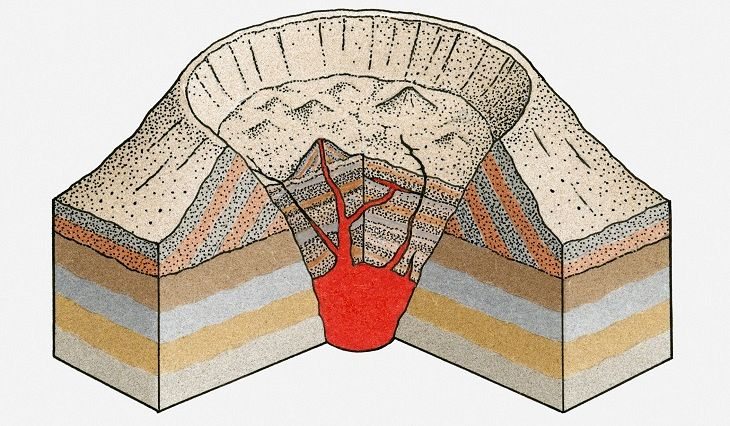
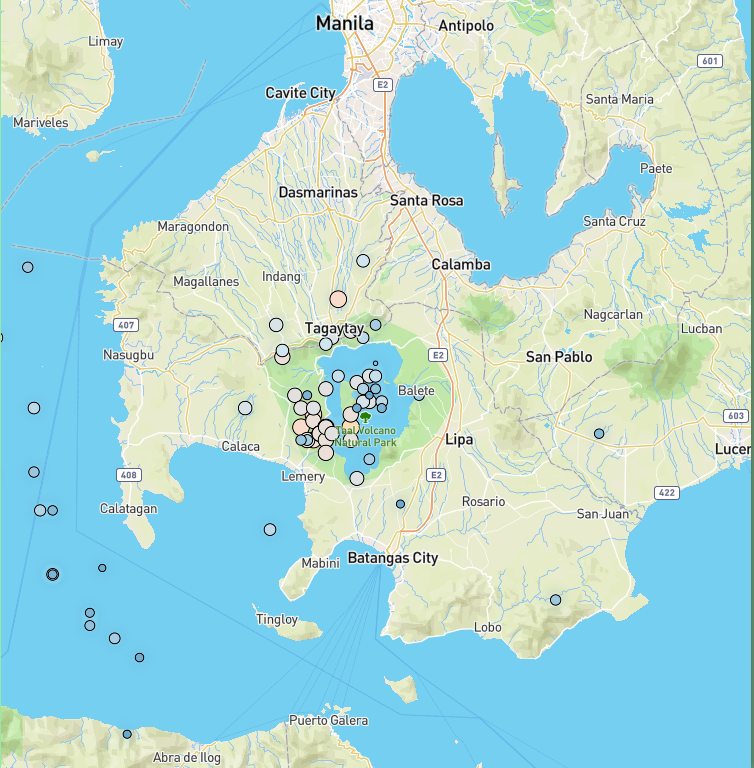
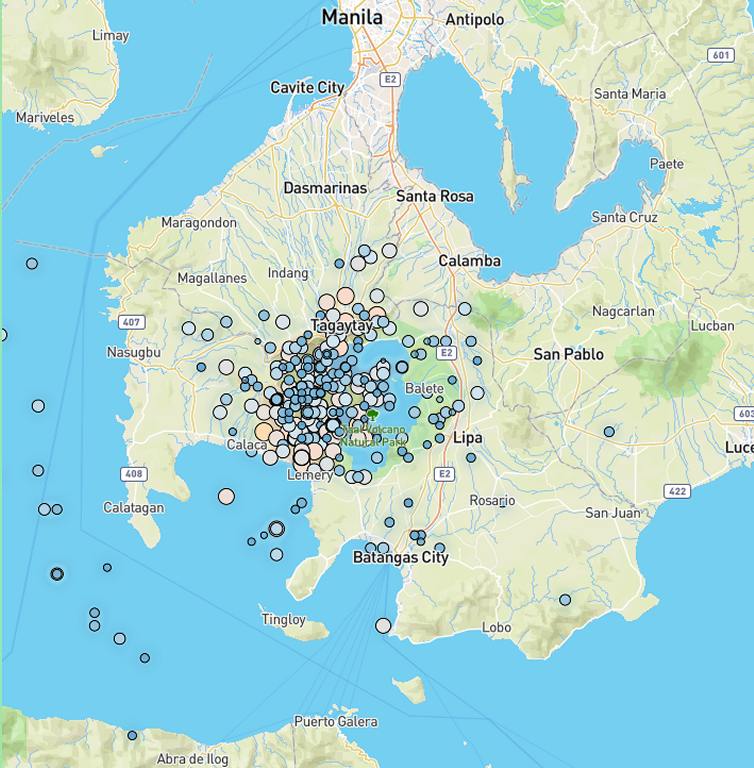
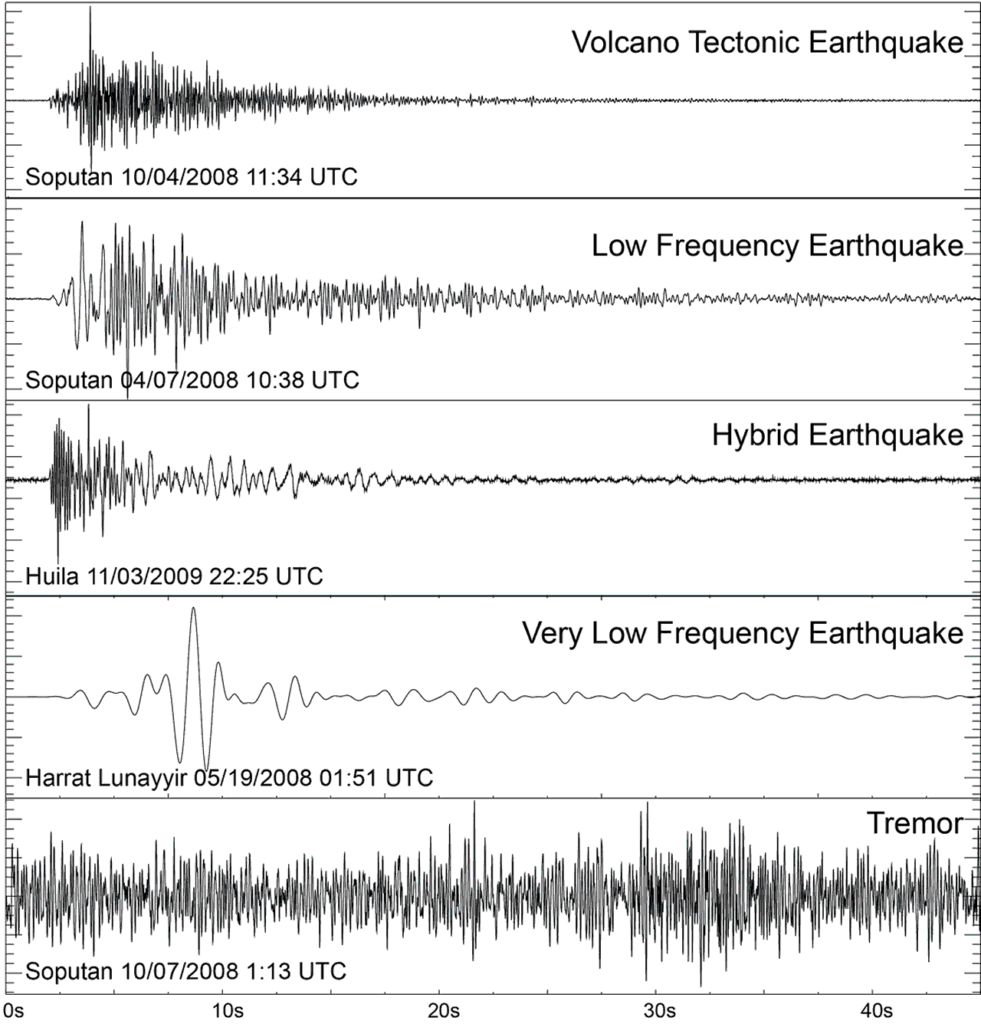
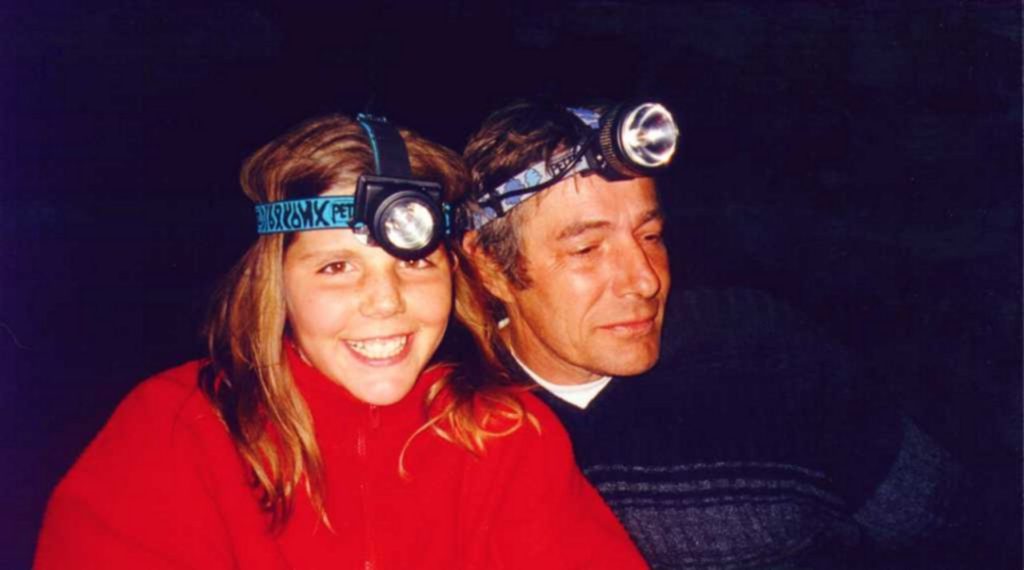
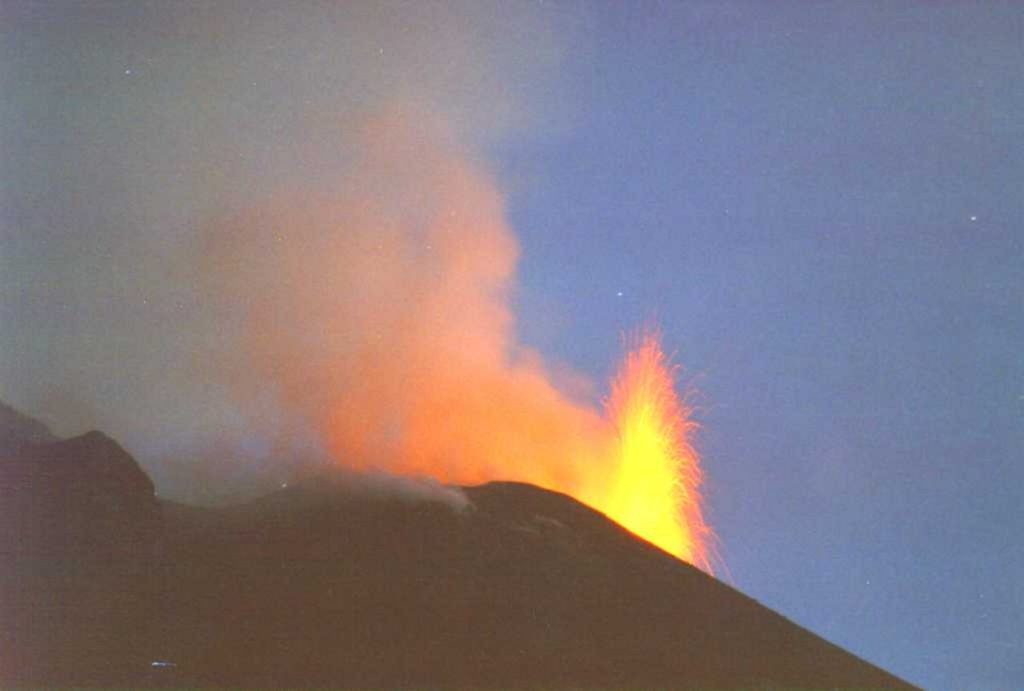
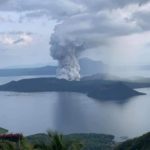

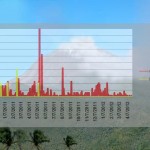
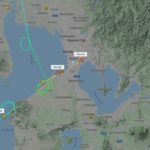
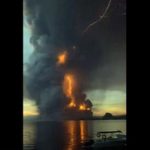




Weiter so, sehr gute Berichterstattung!
Thank you Martin.
Cheers, waebi
Hi. I’m a filipino and I never thought of how very dangerous Taal really is. When it erupted on Jan 12. I became very interested in its geography and history so I read its eruption history on wikipedia to find out how this volcano behaves and to find proofs of my niece’s analysis that Taal could be a super volcano. I read a few findings and studies by different international agencies which is monitoring Taal.
I never thought of this until my 11-year old niece explained to me of her analysis of this volcano. She has no clue on where Taal is nor has any data of it. She only based it on a hazard map which shows its geography. You can check her video via this youtube link:
https://youtu.be/ygyGzcMz-Xc
You’re right filipinos especially the ones living in Batangas has no clue of what Taal is capable of and that they are actually at the foot of the summit or the whole Batangas is actually a part of this volcano so they are very confused when and after it erupted.
They do not even have disaster planning.
I like your article because it is very easy to understand without any jargons. Technical terms explained by PHIVOLCS can not be understood by everyone so it is very confusing. But I guess they have a clue now.
I agree that PHIVOLCS findings have many errors. May be because they lack the peoper equipment. I just hope they will not under estimate Taal’s capabilities.
There were reports by residents that a part of Taal lake has started bubbling yesterday. Earthquakes are still there either tectonic or volcanic origin.
And I read this article by a group of geologist divers, who discovered several vents on the ocean floor in between Mindoro and Luzon.
Hi Emma,
Thanks for your feedback and the link to the Youtube video.
There are many hints, that Taal might be a super volcano. Especially the calderas are a strong hint.
We are just now discussing this subject in a global group.
I’ll be out of office until February 2. Afterwards, I’ll come back to your message and the video.
Cheers, waebi